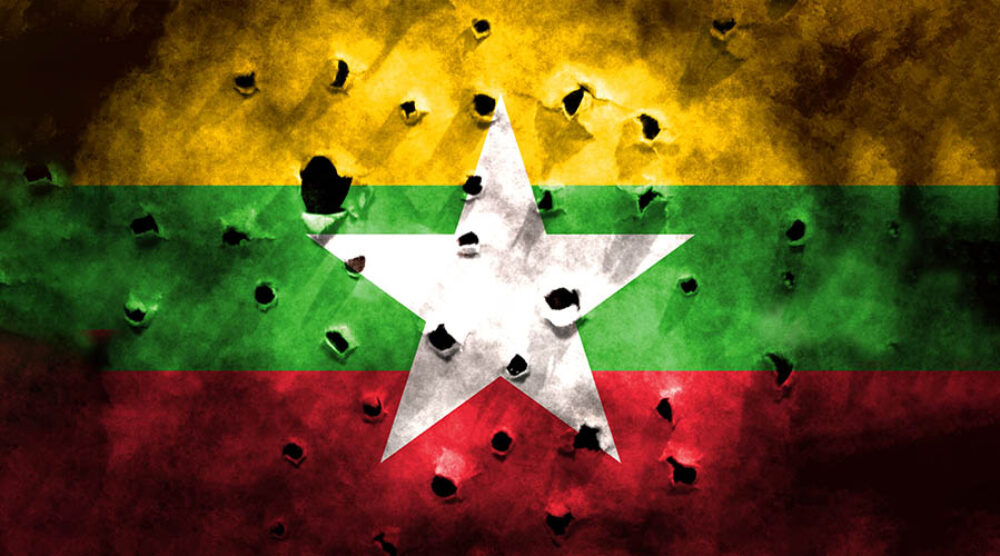The world is still in shock over the execution of four pro-democracy activists in Myanmar over the 23-24 July weekend. More executions may follow in the coming months. There has been almost universal condemnation of what were in effect state-sanctioned murders. There has also been a spate of articles and op-eds in the news media and online speculating about what these executions might mean in broader terms. Opinions have varied widely.
Most commentators have rightly noted the military regime’s brutality and disregard for human rights. Some have seen the executions as a sign of the junta’s increasing desperation, in the face of the unexpected and surprisingly resilient opposition to the 2021 coup. Others have described the regime’s motives as simply survival, and an attempt to cow the Myanmar population into submission. A number have seen the executions as evidence of the regime’s utter contempt for the international community and the principles it claims to uphold.
All these views are justified, to a greater or lesser extent. Certainly, the negative reaction to the executions, including from the usually reticent ASEAN, was not unexpected. However, there is another way of looking at recent developments, and that is by asking what the military regime hoped to achieve.
Please click here to read the full “The executions in Myanmar: What was the Junta thinking?” article published at Asialink, written by Griffith Asia Institute Adjunct Professor Andrew Selth.








